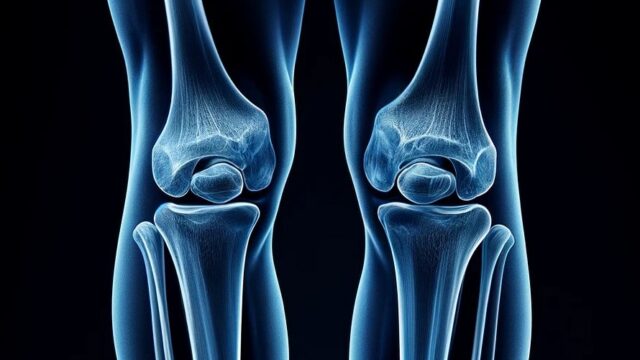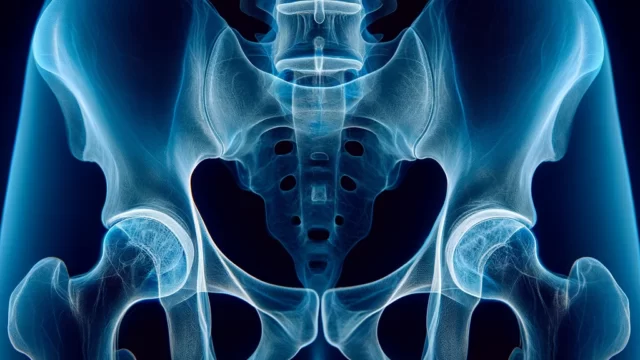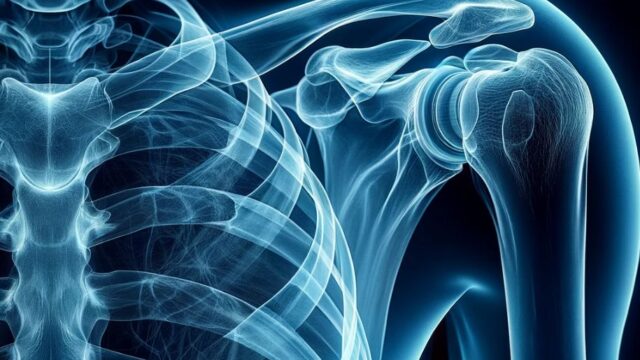Purpose
RAO : Observation of the left lung, trachea, left atrium, right ventricle, pulmonary artery, and Holzknecht space.
LAO : Observation of the right lung, trachea, left and right ventricles, right atrium, aortic arch, and AP window.
Prior confirmation
Remove any obstacles (such as bandages, thermometers, etc.).
Positioning
Stand facing the cassette.
RAO : Position the right side at a 45° oblique angle towards the cassette.
LAO : Position the left side at a 45° oblique angle towards the cassette (a 60° oblique angle is suitable for observing the aortic arch).
Internally rotate the arm closer to the cassette and bring it close to the image receptor.
Raise the arm away from the cassette and place it on top of the head.
Expand the upper border of the imaging field up to 5cm above the shadow of the shoulder joint that is projected within the radiation field.
Lift the chin.
Ensure that the left and right sides of the torso are not extending beyond the cassette.
Place markers (R, L).
CR, distance, field size
CR : Perpendicular to the center of the torso in the oblique position at the level of the inferior angle of scapula.
Distance : 200cm.
Field size : X-ray beam enters at the level of the inferior angle of scapula. The upper border of the irradiation field is positioned 5cm above the shoulder joint.
Exposure condition
120kV / 6mAs *Using the maximum mA setting to minimize the influence of cardiac motion.
Grid ( + ).
Maximum inspiration.
Image, check-point
Fig. 2
In both lungs, ensure that from the lung apices to the costophrenic angles are included in the image.
The scapula on the side closer to the cassette should be projected outside the lung.
The ribs on the side closer to and farther from the cassette should be projected with a 1:2 width ratio.
The image should be captured at maximum inspiration (compare with a frontal PA image).
There should be no motion blur.
RAO :
The left lung should be well-expanded and clearly visible.
The aortic arch should be separated from the vertebral bodies and observable.
The space between the vertebral bodies and the heart (Holzknecht space) should be visible.
LAO :
The right lung should be well-expanded and clearly visible.
The area between the aortic arch and pulmonary artery (AP window) should be observable.
Videos
Related materials















